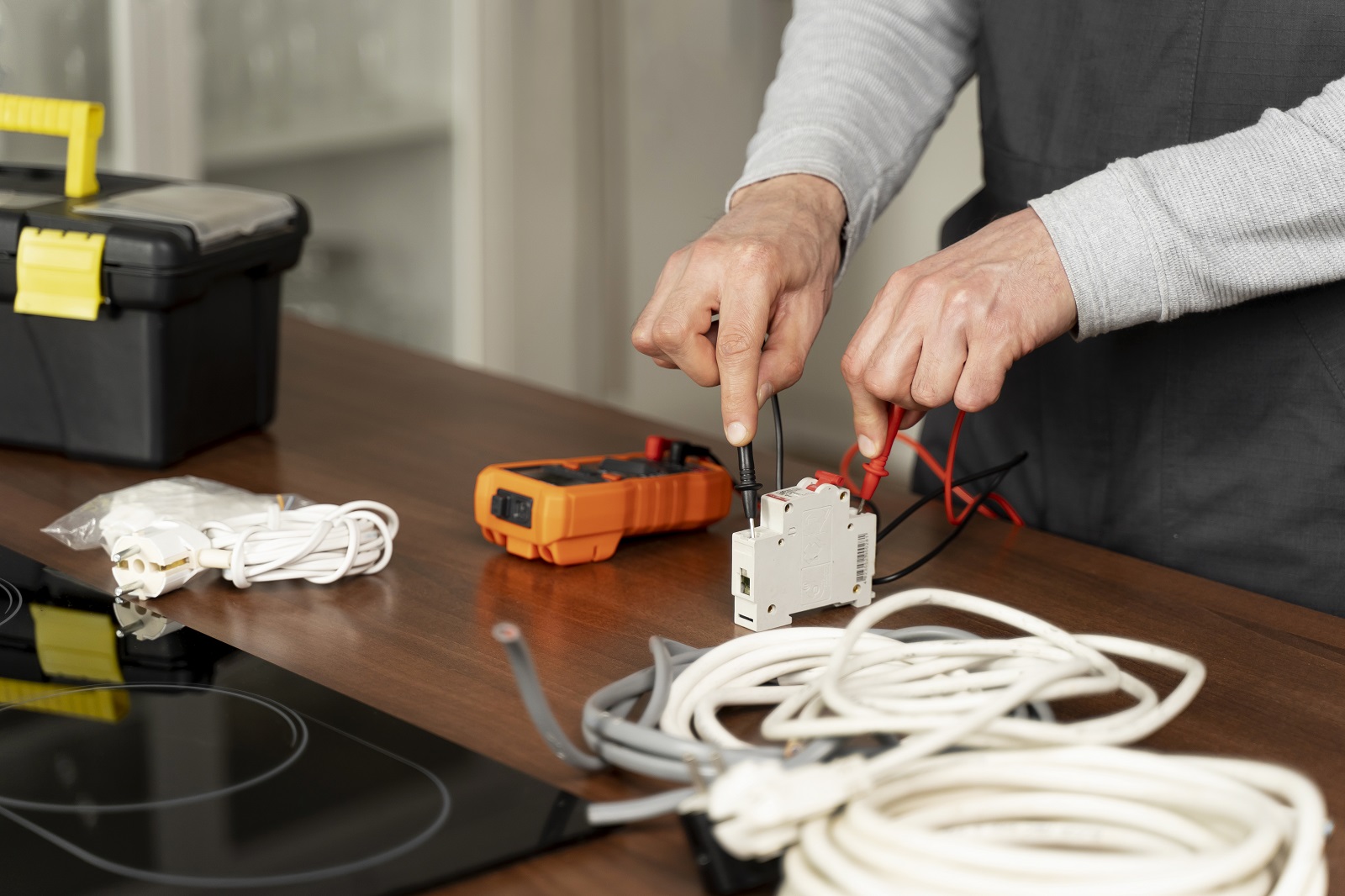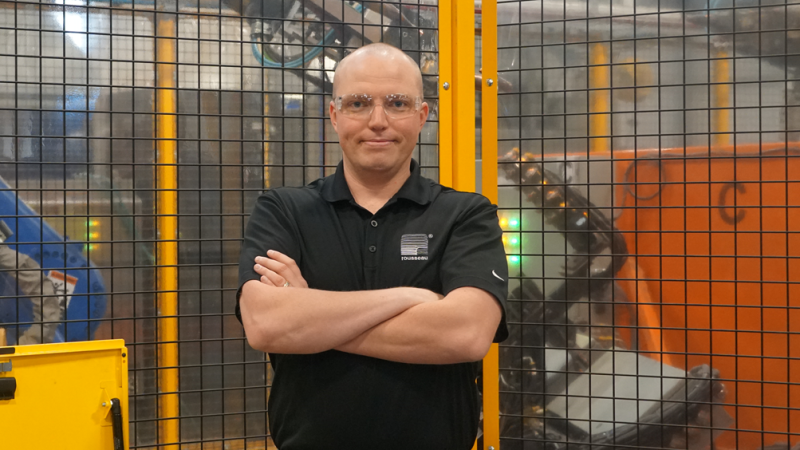It’s not uncommon in many industries to encounter situations where electrical cables need to be run near or even through water. For instance, marine construction often requires electrical power to operate machinery on docks or floating platforms. In aquaculture, electrical cables are used to power essential systems for fish farming, such as pumps, aerators, and monitoring equipment. Even outdoor entertainment events, like water-based shows or floating stages, may need electrical power.
There are always inevitable risks that companies must plan for whenever electrical systems come into proximity with water, as it can lead to corrosion, electrical shorts, and, in worst-case scenarios, life-threatening hazards. As such, in the interest of safeguarding the equipment, workers, and the general public, these cables require proper protection. Consider the following tips to maintain the integrity of electrical cables in water-based environments and keep your projects running safely and efficiently:
Use Waterproof or Marine-Grade Cables
When electrical cables are exposed to moisture, there’s no room for compromise in the materials you choose. Regular cables may function well in dry environments, but near water, the risks multiply. Waterproof or marine-grade cables are specially designed to resist moisture, corrosion, and the harsh conditions typical of marine or damp environments. These cables are more durable, with thicker insulation and more robust construction, so that they perform reliably without succumbing to damage even in the most challenging circumstances.
Position and Elevate Cables Properly
One of the most effective ways to protect cables from water exposure is through strategic positioning. Cables that lie directly on damp surfaces or waterlogged ground are far more vulnerable to wear, abrasion, and moisture penetration. Elevating these cables is a simple yet crucial step that can extend their lifespan and improve overall safety. Equipment such as a cable float, mount, or cable tray can be used to keep an electrical cable suspended above water.
When you keep your cables elevated, you significantly reduce the risk of them becoming submerged or soaked during heavy rains or high tides. It’s an often-overlooked aspect of cable management, but in wet environments, positioning can be the difference between a system that functions well and one that fails prematurely.
Insulate and Seal Cable Connections
The points where cables are connected are especially vulnerable to moisture. If water finds its way into a connector, it can quickly wreak havoc on the entire system. Thus, you need to insulate and seal these connections properly to maintain the integrity of the electrical setup. Solutions like heat shrink tubing, waterproof electrical tape, and weatherproof junction boxes can provide a strong barrier against water ingress.
Take the time to carefully seal every connection to ensure that the most vulnerable parts of your electrical system are protected. A small effort here and now can prevent major issues later on, such as electrical shorts or corrosion, both of which can lead to expensive repairs or, worse, health and safety risks.
Use Ground Fault Circuit Interrupter Protection
Safety mechanisms are non-negotiable in any setup that places water and electricity in close proximity. For this purpose, ground fault circuit interrupters (GFCIs) are designed to provide that extra layer of protection. These devices detect when electrical current is leaking from the circuit, potentially through water or other conductive materials, and shut off power almost immediately to prevent electrocution.
Installing GFCI outlets or breakers in water-prone environments is not just good practice—it’s often required by electrical codes. The technology is simple but effective and it should give you peace of mind that any electrical system near water is equipped with a safeguard against potentially dangerous faults.
Create Drip Loops
In certain installations, cables may need to run vertically, which presents an additional challenge: preventing water from travelling along the length of the cable and into vulnerable connection points. A practical solution to this is the drip loop. This step requires creating a downward curve in the cable, which allows water to naturally collect and drip away from the connection instead of following the cable directly into a junction box or other critical area. Drip loops are simple to implement but highly effective, especially in environments with frequent rainfall or condensation.
Protect Cables with Conduits or Sleeves
Physical protection is just as important as safeguarding against water. After all, electrical cables are often exposed to harsh conditions, including abrasive surfaces, constant movement, or impact from equipment. Using protective conduits or flexible cable sleeves can help shield your cables from these physical threats, while also providing an additional barrier against water ingress.
Inspect Cables Frequently
Even with all the above-mentioned precautions in place, regular inspections are still key to maintaining electrical systems near water. Over time, wear and tear are inevitable and moisture can still find its way into even the best-protected cables. Schedule regular inspections to catch small issues—like frayed insulation or minor leaks—before they develop into more significant problems.
Frequent inspections are particularly important in areas with fluctuating water levels or in environments where cables are exposed to constant movement. If you detect potential vulnerabilities early, you can arrange for timely repairs or replacements, which in turn helps to prevent costly downtime or hazardous situations.
Strategic investment in proper cable protection for water-based projects allows you to avoid immediate damage. Beyond that, it also helps you guarantee the long-term safety and operational reliability of your projects. The above best practices are designed both to help you protect your equipment and minimise the risk of unexpected failures that could disrupt your work. In the end, the care you put into maintaining your cables is a reflection of how seriously you take your projects’ safety and success.







